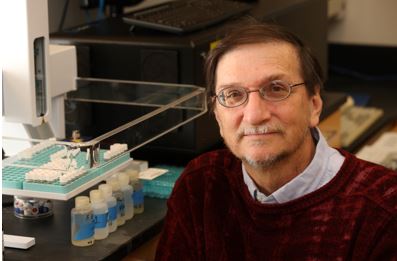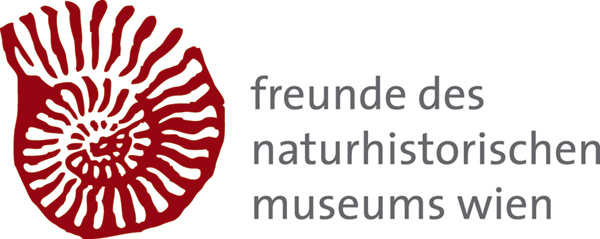Gemeinsame Veranstaltung: Freunde des Naturhistorischen Museums und Naturhistorisches Museum Wien
Fundamental to the understanding of human history is the ability to make interpretations based on artifacts and other remains which are used to gather information about an ancient population. Sequestered in the organic matrices of these remains can be information, for example, concerning incidence of disease, genetic defects and diet. Stable isotopes have long been used to interpret diet and trophic interactions in modern ecosystems. In fact, using stable isotopes to quantify the influence of corn on the modern American diet was accomplished this way in the recent Independent Film on agriculture sustainability, "King Corn". In this talk, it is also suggested that the isotopic compositions of a commonly overlooked material, human hair, may represent an ideal tool to be used in addressing human diets of ancient civilizations.
Hair can be well-preserved and is amenable to isotopic analysis for distinguishing sources of nutrition. Based on this observation, we have isotopically characterized hair from both modern and ancient individuals. There is a wide diversity in carbon, nitrogen and sulfur isotope values owing, at least partially, to the levels of seafood, corn-fed beef and other grains in diet. Using these isotope tracers, new information regarding historical figures (George Washington and Edgar Allen Poe) to perhaps the most ancient of mummies, the Chinchorro of Chile (possibly more than 7000 BP) as well as the Moche of Peru (1500 BP) and the best preserved mummy, the Neolithic Ice Man of the Oetztaler Alps (5200 BP), have been deciphered. It appears that the often-overlooked hair in archaeological sites may represent a significant new approach for understanding ancient human communities and their environments.

